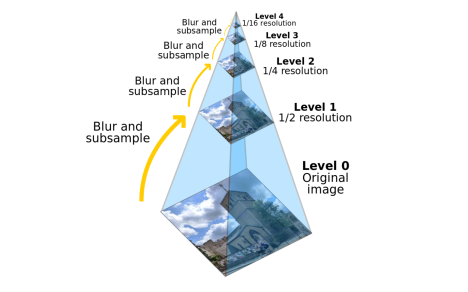
In a groundbreaking study, researchers from the Changchun Institute of Optics, Fine Mechanics and Physics at the Chinese Academy of Sciences have introduced a novel video fusion algorithm that promises seamless integration of video footage from diverse sources.
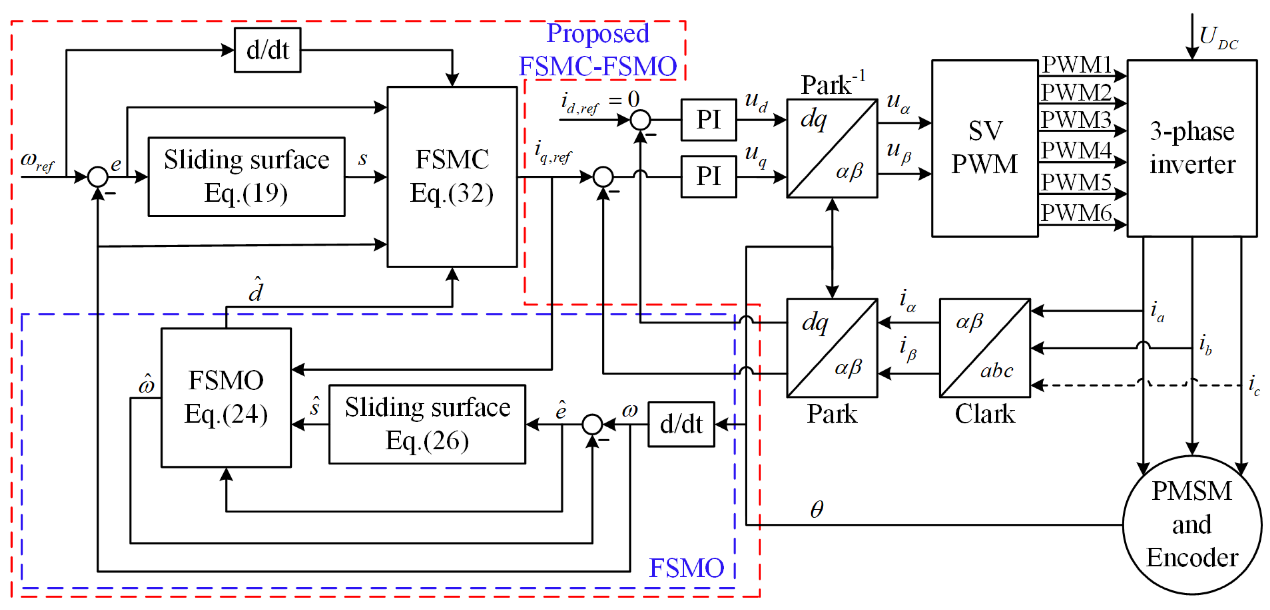
In a study published in Sensors, a research group led by Prof. LI Hongwen from the Changchun Institute of Optics, Fine Mechanics and Physics of the Chinese Academy of Sciences,studied develope a novel fixed-time convergent sliding mode control (FSMC) strategy for permanent magnet synchronous motors (PMSM), significantly improving speed regulation performance in electric drives.
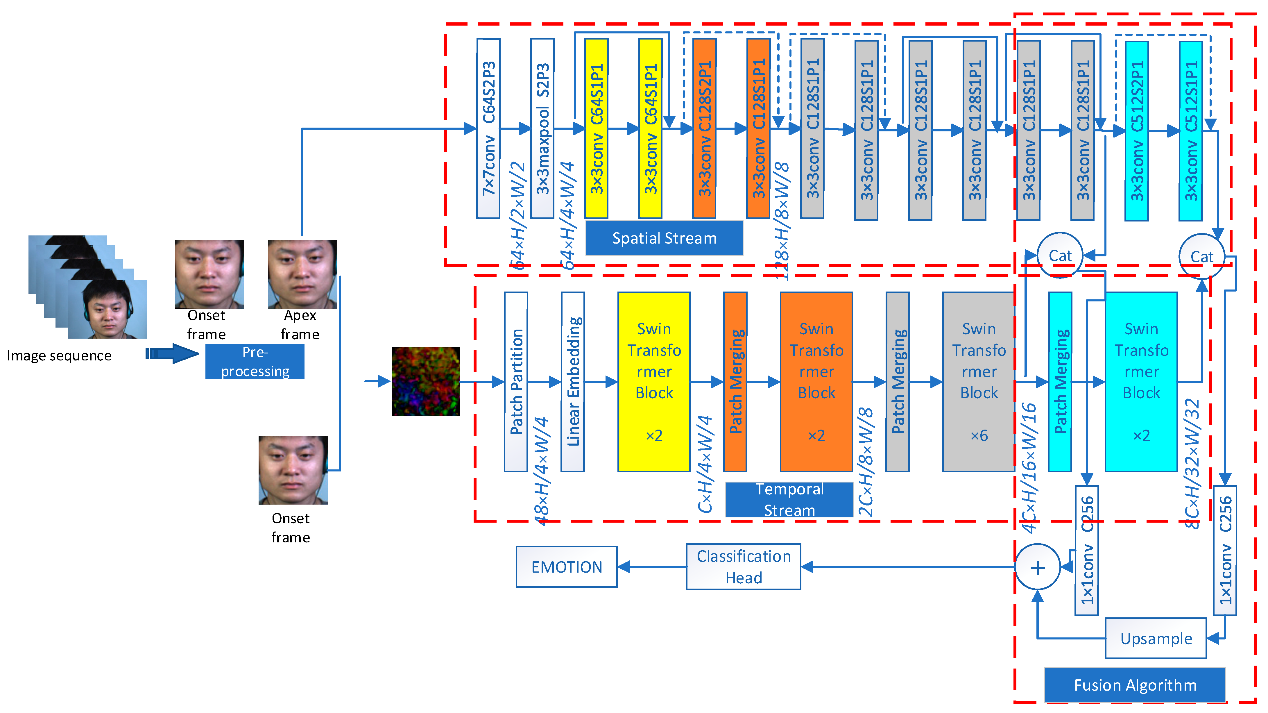
A groundbreaking research by scientists at the Changchun Institute of Optics, Fine Mechanics and Physics, Chinese Academy of Sciences, has revolutionized the way we interpret fleeting facial expressions, known as micro-expressions. The team's Two-Level Spatio-Temporal Feature Fused Two-Stream Network offers unprecedented accuracy in recognizing these hard-to-detect emotional cues.
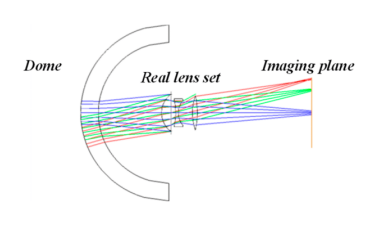
A team of researchers from the Changchun Institute of Optics, Fine Mechanics and Physics, Chinese Academy of Sciences, has made significant progress in enhancing the clarity of underwater images. In a study published in the journal Sensors, the scientists introduced a novel method for calculating and analyzing key parameters of underwater optical imaging systems.
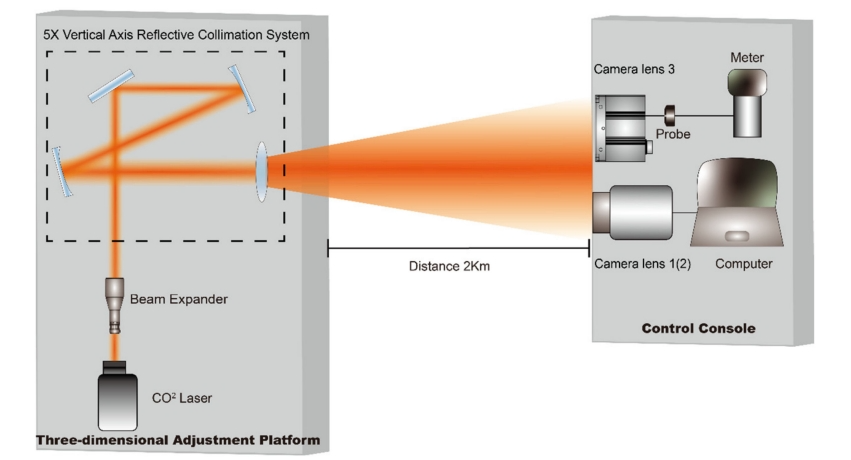
In a recent breakthrough, researchers from the Changchun Institute of Optics, Fine Mechanics and Physics (CIOMP) of the Chinese Academy of Sciences have delved into the effects of high-repetition-rate CO2 pulsed lasers on infrared imaging systems. Led by SHAO Junfeng, the team utilized sophisticated algorithms to study how such lasers can affect the target extraction and tracking performance of infrared detectors.

In a study published in Sensors, a research group led by Prof. WANG Zhi from the Changchun Institute of Optics, Fine Mechanics and Physics of the Chinese Academy of Sciences,studied advance charge measurement method enhances space sensor accuracy.
